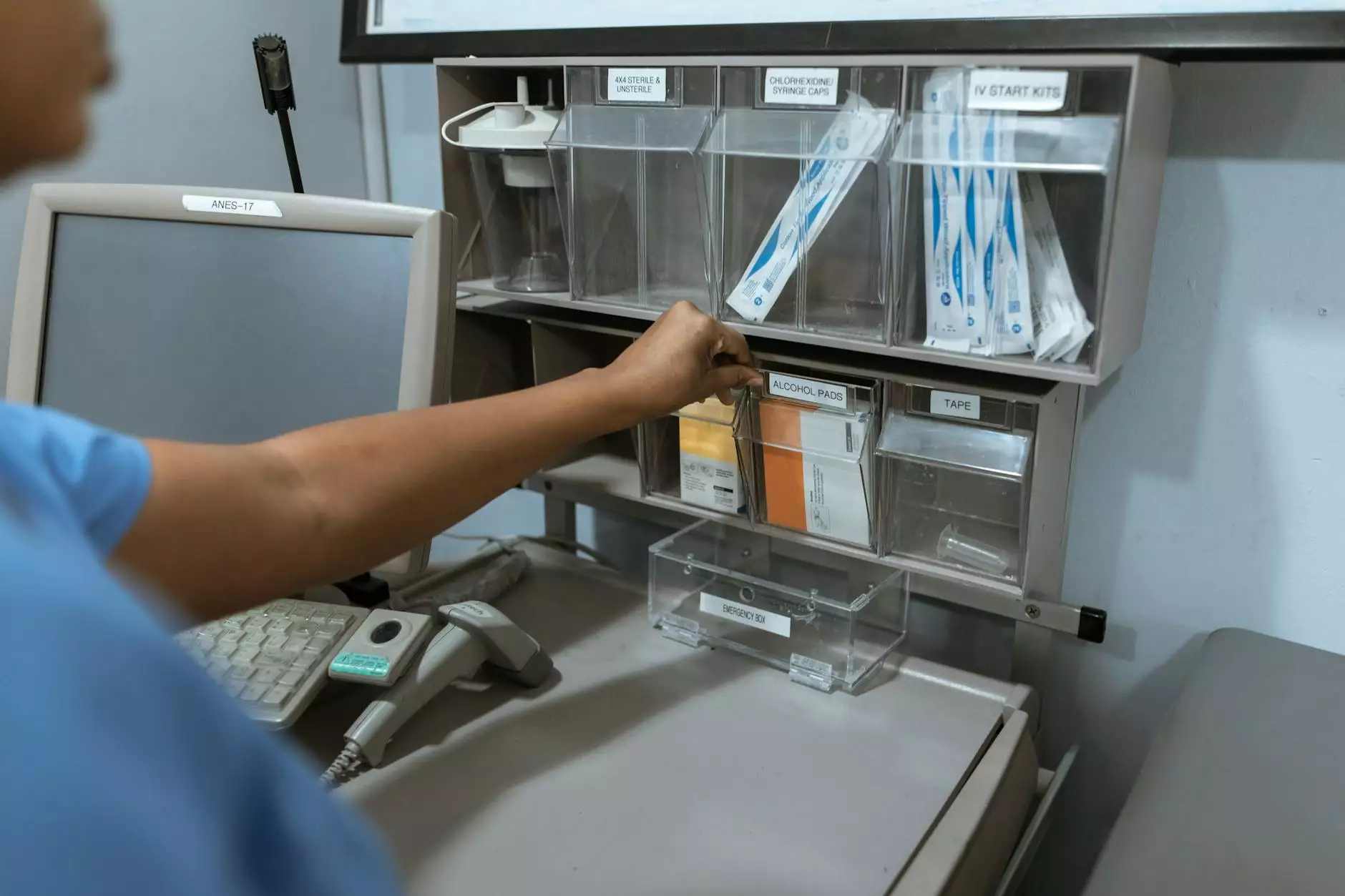Optimizing Your Business with RDS Monitoring: A Comprehensive Guide

Introduction to RDS Monitoring
In today’s fast-paced digital landscape, businesses rely heavily on technology to operate efficiently and effectively. One of the critical components of a successful IT strategy is RDS monitoring. This powerful tool provides insights into Remote Desktop Services (RDS), enabling organizations to manage their IT environments proactively. In this article, we will explore the various facets of RDS monitoring, its benefits, and how it can significantly enhance your business operations.
Understanding RDS Monitoring
RDS monitoring refers to the practice of overseeing Remote Desktop Services, which allow users to connect to a remote computer or server as if they were sitting in front of it. This technology is prevalent in many businesses, allowing for flexibility, remote work, and centralized management of IT resources. By employing RDS monitoring, businesses can track the performance, availability, and overall health of their remote desktop environments.
The Mechanics of RDS
Before delving deeper into monitoring, it’s essential to grasp how RDS operates. Essentially, RDS enables multiple users to access Windows applications and desktops over a network, providing a seamless user experience while improving resource utilization. Key components include:
- Remote Desktop Session Host (RDSH): The server that hosts applications for remote access.
- Remote Desktop Connection Broker (RD Connection Broker): Manages the connections to RDSH servers, balancing the load and ensuring users reconnect to their active sessions.
- Remote Desktop Gateway (RD Gateway): Provides secure connections over the internet.
Benefits of Implementing RDS Monitoring
The adoption of RDS monitoring comes with a myriad of advantages that can transform business operations:
1. Enhanced Performance Management
Monitoring tools can track key performance indicators (KPIs) such as session duration, resource consumption, and user load. This data helps IT teams identify bottlenecks and optimize server performance, ensuring that applications run smoothly and downtime is minimized.
2. Proactive Issue Resolution
By analyzing real-time data, businesses can identify potential issues before they escalate. This proactive approach allows IT departments to address problems swiftly, reducing the risk of outages and disruptions.
3. Improved User Experience
RDS monitoring helps ensure that users have a consistent and high-quality experience. By monitoring session performance, IT can reduce lag and ensure faster response times, thereby increasing user satisfaction and productivity.
4. Efficient Resource Utilization
Understanding how resources are utilized enables businesses to allocate them more effectively. RDS monitoring tools can provide detailed insights into how many users are active, which applications are in use, and what resources are strained, allowing for informed decision-making.
5. Comprehensive Security Monitoring
With increasing cybersecurity threats, RDS monitoring serves as a critical layer of security. By tracking login attempts, session histories, and access patterns, organizations can detect unusual activities that may indicate security breaches and respond promptly.
Best Practices for RDS Monitoring
To maximize the benefits of RDS monitoring, consider adopting the following best practices:
1. Choose the Right Monitoring Tools
Selecting the right tools from trusted providers can make a significant difference in the effectiveness of your monitoring efforts. Look for tools that offer comprehensive reports, real-time alerts, and user-friendly interfaces.
2. Set Up Custom Alerts
Customize alerts based on your organization's specific needs. This ensures that IT personnel are notified of critical issues immediately, allowing for timely interventions.
3. Regularly Review Performance Data
Regular reviews of monitoring data can uncover trends, enabling continuous performance improvement. Set a schedule for assessments, focusing on both short-term tweaks and long-term strategies.
4. Conduct User Training
Educating users about best practices and potential pitfalls can enhance overall performance and security. Encourage employees to report issues or unusual behaviors they may encounter while using RDS.
Integrating RDS Monitoring with Your IT Strategy
Integrating RDS monitoring into your broader IT strategy is essential for maximizing its effectiveness. When RDS monitoring is part of a holistic approach, it enhances data security, optimizes resource utilization, and improves user satisfaction.
Aligning with Business Goals
Ensure that your RDS monitoring initiatives align with your company’s objectives. Whether you’re focusing on scalability, security, or productivity, a well-aligned strategy will yield better results.
Collaboration with IT Teams
Regular communication between different IT teams (development, operations, etc.) is vital. By collaborating, you can develop an encompassing approach that leverages RDS monitoring data to inform various interdepartmental strategies.
Future Trends in RDS Monitoring
The landscape of RDS monitoring is continually evolving, and staying ahead of trends can provide businesses with competitive advantages. Key future trends to watch include:
1. AI and Machine Learning Integration
The incorporation of Artificial Intelligence and Machine Learning algorithms into monitoring tools will enhance predictive analytics. This will enable businesses to forecast potential issues and adjust resources dynamically.
2. Increased Focus on Cloud Solutions
With the shift toward cloud computing, RDS monitoring will increasingly focus on hybrid environments where on-premises solutions integrate seamlessly with cloud infrastructure.
3. Enhanced Security Measures
As cyber threats grow more sophisticated, RDS monitoring solutions will have to evolve with enhanced security and compliance tracking features, helping businesses meet regulatory requirements effectively.
Conclusion
In conclusion, RDS monitoring is not just a tool; it’s an essential component of a successful IT strategy that can drive business growth, enhance user experience, and improve security measures. By adopting best practices and keeping an eye on future trends, businesses can optimize their IT environments and ensure they remain competitive in an ever-changing digital landscape. If you’re looking to implement or enhance your RDS monitoring capabilities, consider partnering with a trusted IT service provider like rds-tools.com to leverage their expertise in the field.









